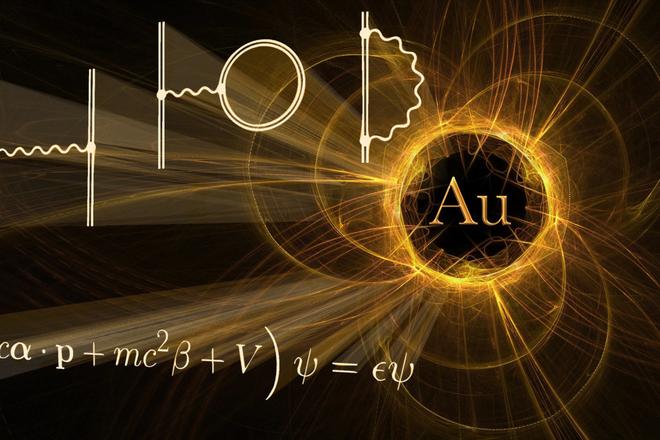Gold does not react in some experiments the way we would expect it or theoretical models predict it due to the qualities of gold at the atomic level, but no one knew why.
Researchers have now come up with a solution to this "golden mystery", the Sme daily reported. Their approach could also be applied to other elements, which could lead to a better understanding of the building stones of the universe.
Slovak Lukáš Félix Pašteka is the first author of the international study published by the Physical Review Letters magazine. He is a scholar of the New Zealand Institute for Advanced Study at the Massey University Auckland, and the Faculty of Natural Sciences of the Comenius University in Bratislava.
The study was a major effort over 10 years between three different groups of researchers. These include former Massey post-doctoral fellow Dr. Anastasia Borschevsky from the Van Swinderen Institute for Particle Physics and Gravity, Dr.s Epharim Eliav and Uzi Kaldor of Tel Aviv University, and Dr. Lukas Pasteka of Massey University, the Massey University reported on its website.
"Our calculations are important because more precise calculations are able to produce more reliable results," said the Acting Head of Institute for the New Zealand Institute for Advanced Study, Distinguished Professor Peter Schwerdtfeger, as cited by the university's press release.
This knowledge can be applied to further improve predictions in the research of not just gold, but other heavy elements, Professor Schwerdtfeger says.
The scientists are now planning to continue their research, focusing on the heavy elements from the bottom of the periodic table.
"It is a hot topic nowadays," Pašteka told the Sme daily. "Last year, four new elements were officially added to the periodic table - nihonium, moscovium, tennessine, and oganesson. Our team is intensively dealing with these new elements too."



 (source: Lukáš Félix Pašteka / Massey University)
(source: Lukáš Félix Pašteka / Massey University)
 L.F. Pašteka (source: Sme/Courtesy of L.F. Pašteka)
L.F. Pašteka (source: Sme/Courtesy of L.F. Pašteka)